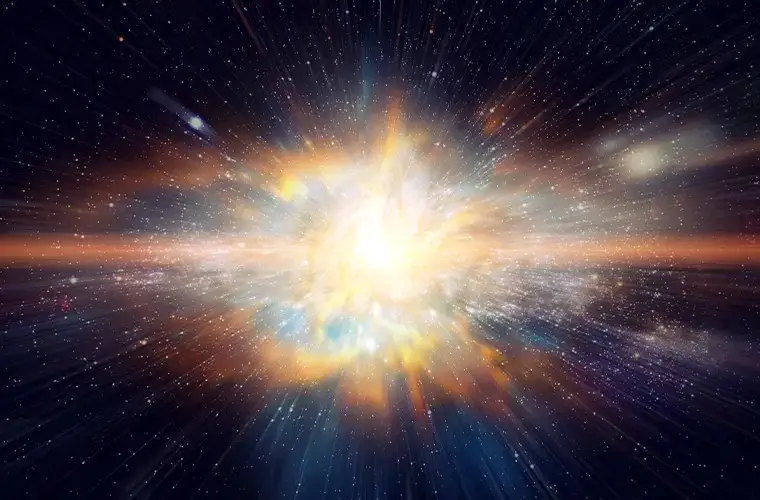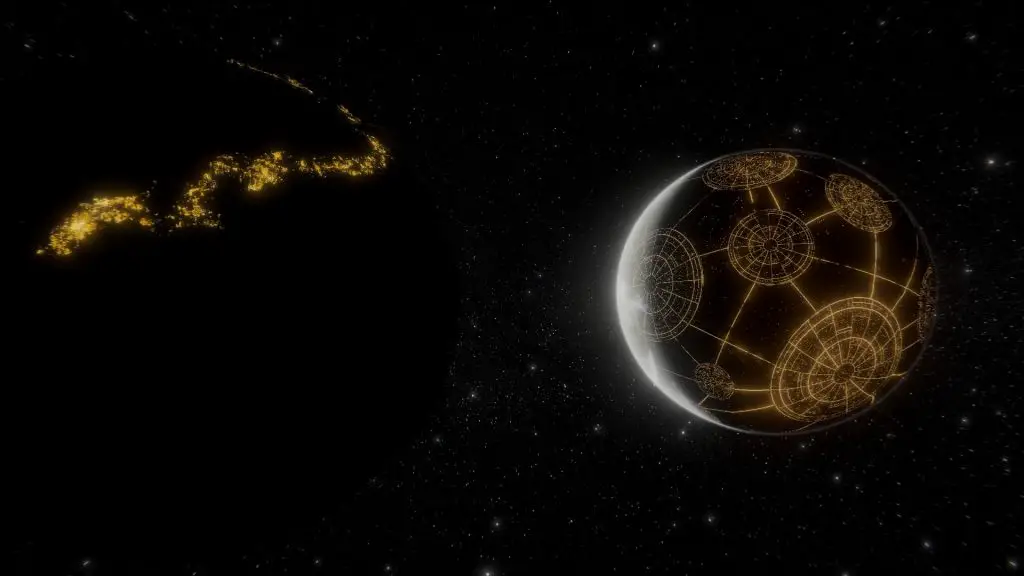A warp drive for faster-than-light travel may no longer need exotic matter.
The concept of a warp drive, long considered a science fiction fantasy, has taken a significant step closer to reality. A new theoretical model for faster-than-light (FTL) travel has been proposed by Erik Lentz, an astrophysicist at Göttingen University. His groundbreaking work, published in Classical and Quantum Gravity, introduces a warp drive design based on conventional physics, eliminating the need for exotic matter, a key obstacle in previous models.
The Physics Behind Warp Drives
Warp drive, a term popularized by Star Trek, refers to faster-than-light travel by bending or warping the fabric of space-time. Without this technology, reaching distant stars like Alpha Centauri, over 4 light-years away, would take more than 100,000 years using current chemical rocket technology. Even traveling at light speed, a one-way journey would take four years.
The first serious scientific proposal for warp travel came in 1994, when physicist Miguel Alcubierre introduced the idea of the Alcubierre drive. This drive would contract space-time in front of a spaceship and expand it behind, creating a “bubble” in which the ship could move at superluminal speeds. However, the Alcubierre drive required exotic matter with negative energy to bend space-time—a form of matter that does not exist according to current particle physics.

Lentz’s New Warp Drive Design
Lentz’s new warp drive model overcomes this limitation by using solitons, which are compact, self-sustaining waves that can travel without changing shape. After reexamining Einstein’s equations for soliton configurations, Lentz found a solution that allows for the creation of a warp bubble using only conventional energy sources, without the need for negative energy or exotic matter.
This development brings the concept of warp drives one step closer to practical engineering. However, Lentz’s model still requires an immense amount of energy. According to his calculations, creating a warp bubble for a 656-foot spacecraft would demand energy equivalent to 100 times the mass of Jupiter—far beyond the capabilities of current technology. Fortunately, Lentz suggests that energy-saving mechanisms proposed in previous research could reduce this requirement by 60 orders of magnitude, making it more feasible.
Challenges and Future Prospects
Although Lentz’s design is a significant breakthrough, there are still major challenges ahead. The biggest hurdle remains the enormous amount of energy needed to warp space-time. Lentz estimates that modern nuclear fission power plants would need to become far more powerful before even a prototype warp drive could be built.
In the meantime, Lentz proposes that scientists could search for evidence of solitons around neutron stars, where the extreme magnetic fields and plasma environments might naturally produce these energy patterns. This could provide further insight into the practical applications of his warp drive theory.
In another recent development, researchers at the Advanced Propulsion Lab (APL) have proposed a physical warp drive model, similar to Lentz’s, that also avoids the need for exotic matter. Both these breakthroughs suggest that the concept of FTL travel may be more achievable than previously thought, even though practical applications may still be decades or centuries away.
With scientists like Lentz and others continuing to push the boundaries of theoretical physics, the dream of warp drive may eventually become a reality—sooner than we think.



